Before starting child CPR: danger, response, send for help
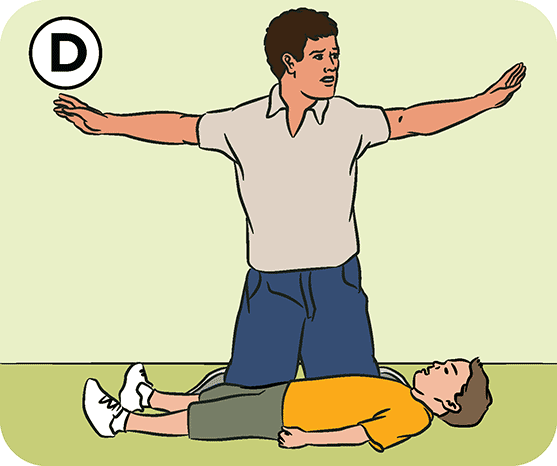
Danger
Check around you for danger. Remove the child and yourself from any danger.
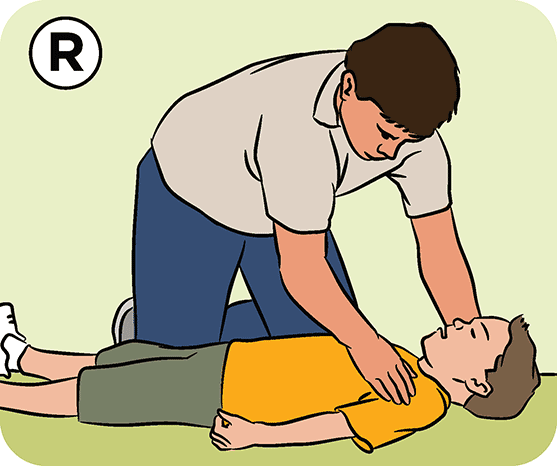
Response
Check the child for a response. Ask them to open their eyes or squeeze your hand. Squeeze their shoulders.
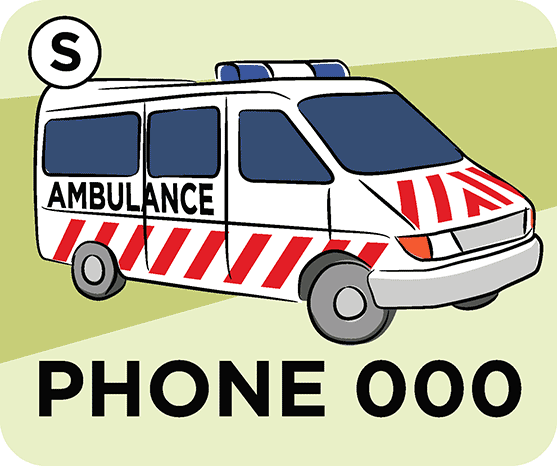
Send for help
If the child is unconscious, not responding or breathing abnormally, call 000 for an ambulance.
Next steps: airway, breathing
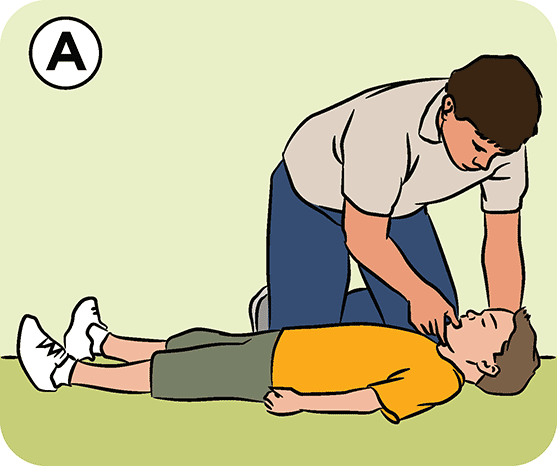
Airway
Check the child’s mouth for airway blockages like the tongue, food, vomit or blood. If there’s a blockage, roll the child onto their side, keeping their top leg bent. This is the recovery position. Clear blockages with your fingers, then check for breathing.
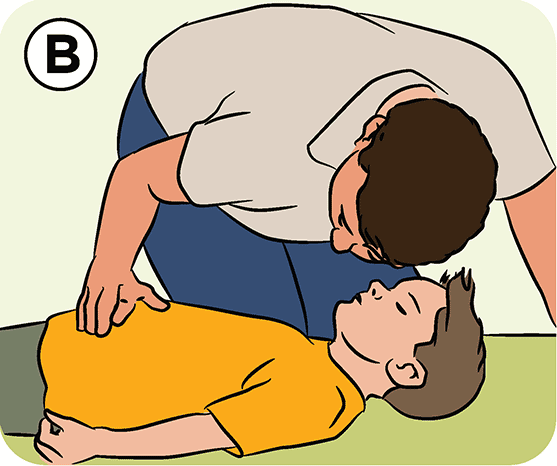
Breathing
If there are no blockages or you’ve cleared blockages, check for breathing. Look for chest movements, listen for breathing sounds, or feel for breath on your cheek.
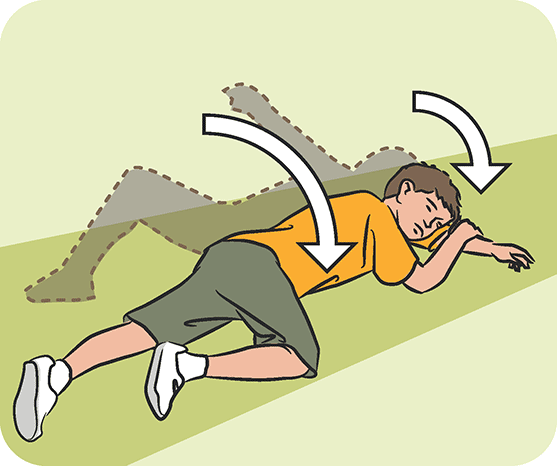
Child breathing normally? Gently roll the child into the recovery position on their side. Regularly check for breathing until the ambulance arrives.
Child not breathing? Child not responding or child breathing abnormally? Start CPR.
Start CPR
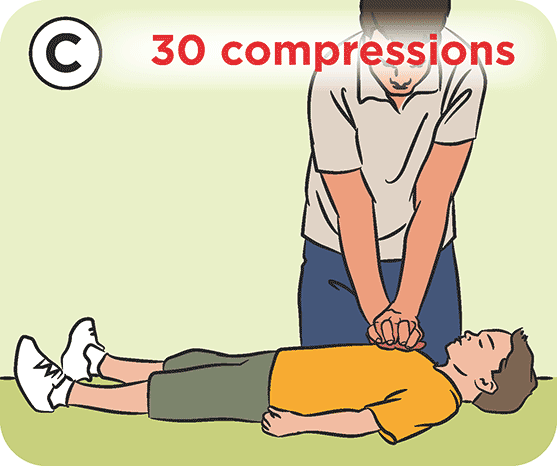
CPR
Put the heels of your hands in the centre of the child’s chest. Do 30 compressions at a rate of 2 compressions per second. Each compression should push the chest down by about one third.
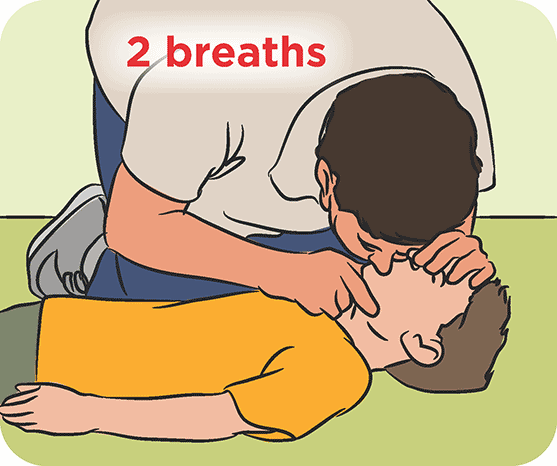
After 30 compressions, tilt the child’s head back to open their airway. Take a deep breath, seal your mouth over the child’s mouth and pinch their nose. Give one steady blow and watch for their chest to rise. Take another breath with your head turned towards the child’s chest. Watch, listen or feel for air leaving the chest. Repeat.
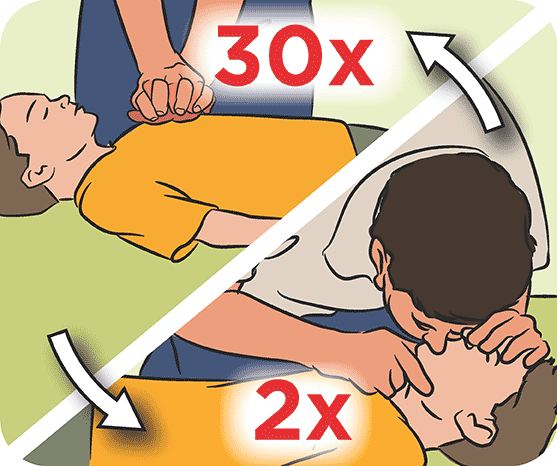
Keep giving 30 compressions followed by 2 breaths until medical help arrives. If the child starts breathing and responding, turn the child into the recovery position. Keep watching their breathing. Be ready to start CPR again at any time.